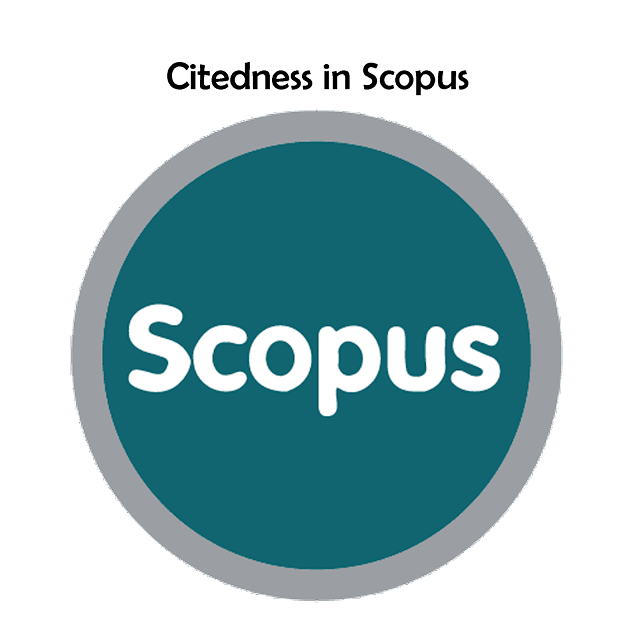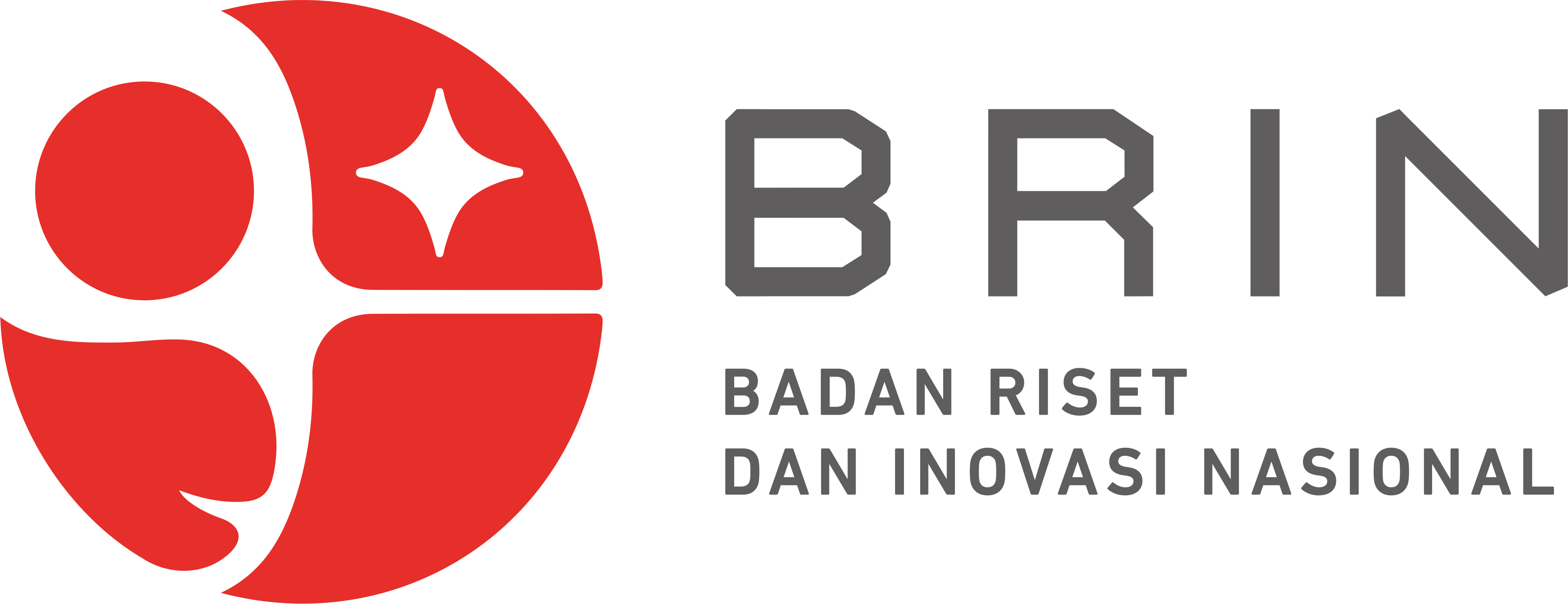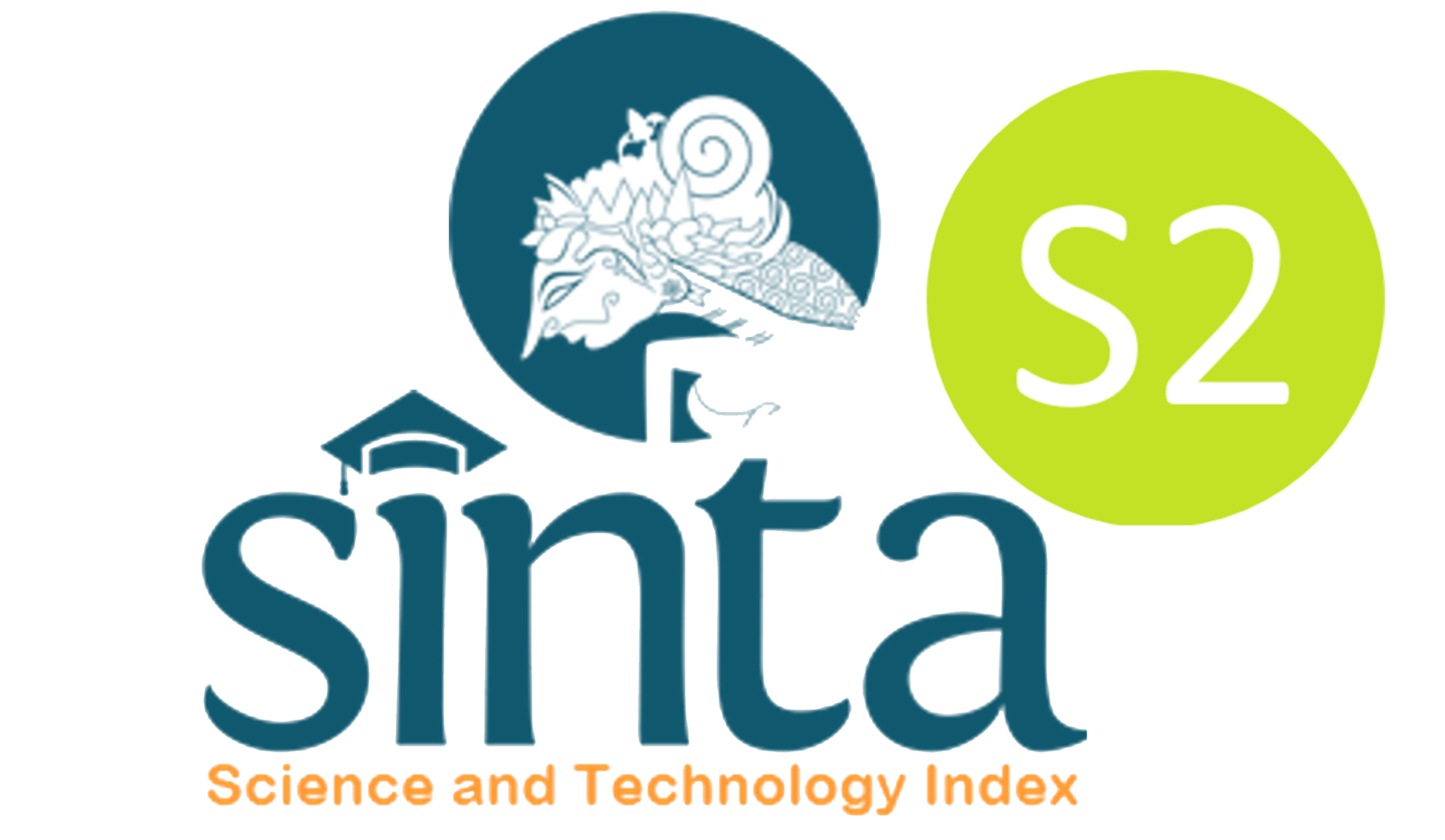Classification of Engineering Journals Quartile using Various Supervised Learning Models
Nastiti Susetyo Fanany Putri(1); Aji Prasetya Wibawa(2*); Harits Ar Rasyid(3); Anik Nur Handayani(4); Andrew Nafalski(5); Edinar Valiant Hawali(6); Jehad A.H. Hammad(7);
(1) Universitas Negeri Malang
(2) Universitas Negeri Malang
(3) Universitas Negeri Malang
(4) Universitas Negeri Malang
(5) University of South Australia
(6) Universitas Negeri Malang
(7) Al-Quds Open University
(*) Corresponding Author
AbstractIn scientific research, journals are among the primary sources of information. There are quartiles or categories of quality in journals which are Q1, Q2, Q3, and Q4. These quartiles represent the assessment of journal. A classification machine learning algorithm is developed as a means in the categorization of journals. The process of classifying data to estimate an item class with an unknown label is called classification. Various classification algorithms, such as K-Nearest Neighbor (KNN), Naïve Bayes, and Support Vector Machine (SVM) are employed in this study, with several situations for exchanging training and testing data. Cross-validation with Confusion Matrix values of accuracy, precision, recall, and error classification is used to analyzed classification performance. The classifier with the finest accuracy rate is KNN with average accuracy of 70%, Naïve Bayes at 60% and SVM at 40%. This research suggests assumption that algorithms used in this article can approach SJR classification system.
KeywordsQuartile Journals; Classification; KNN; Naïve Bayes; SVM
|
Full Text:PDF |
Article MetricsAbstract view: 351 timesPDF view: 192 times |
Digital Object Identifier https://doi.org/10.33096/ilkom.v15i1.1483.101-106 https://doi.org/10.33096/ilkom.v15i1.1483.101-106
|
Cite |
References
R. A. Agha et al., “The PROCESS 2018 statement: Updating Consensus Preferred Reporting Of CasE Series in Surgery (PROCESS) guidelines,” Int. J. Surg., vol. 60, pp. 279–282, Dec. 2018, doi: 10.1016/j.ijsu.2018.10.031.
A. P. Wibawa et al., “Naïve Bayes Classifier for Journal Quartile Classification,” Int. J. Recent Contrib. from Eng. Sci. IT, vol. 7, no. 2, p. 91, 2019, doi: 10.3991/ijes.v7i2.10659.
R.-C. Chen, C. Dewi, S.-W. Huang, and R. E. Caraka, “Selecting critical features for data classification based on machine learning methods,” J. Big Data, vol. 7, no. 1, p. 52, Dec. 2020, doi: 10.1186/s40537-020-00327-4.
A. Lomonosov, O. Lomonosova, and I. Nadtochii, “The systematization and classification of socio-economic problems in higher education,” Balt. J. Econ. Stud., vol. 5, no. 4, p. 137, Oct. 2019, doi: 10.30525/2256-0742/2019-5-4-137-147.
A. Larasati, A. Miftahul Hajji, and A. N. Handayani, “Preferences analysis of engineering students on choosing learning media using Support Vector Machine (SVM) model,” vol. 242, no. Icovet 2018, pp. 57–59, 2019, doi: 10.2991/icovet-18.2019.15.
I. F. Jaramillo, R. Villarroel-Molina, B. R. Pico, and A. Redchuk, “A Comparative study of classifier algorithms for recommendation of banking products,” 2021, pp. 253–263.
B. T. Crabb et al., “Comparison of international classification of diseases and related health problems, tenth revision codes with electronic medical records among patients with symptoms of Coronavirus Disease 2019,” JAMA Netw. Open, vol. 3, no. 8, p. e2017703, Aug. 2020, doi: 10.1001/jamanetworkopen.2020.17703.
B. Bozkurt et al., “Universal definition and classification of heart failure,” J. Card. Fail., vol. 27, no. 4, pp. 387–413, Apr. 2021, doi: 10.1016/j.cardfail.2021.01.022.
S. A. Braginets, O. V. Galanina, and V. S. Grachev, “Neural Networks and Artificial Intelligence in stockbreeding and forecasting dairy cattle productivity,” in AgroTech, Singapore: Springer Nature Singapore, 2022, pp. 199–207.
H. A. Rosyid, M. Palmerlee, and K. Chen, “Deploying learning materials to game content for serious education game development: A case study,” Entertain. Comput., vol. 26, no. January, pp. 1–9, 2018, doi: 10.1016/j.entcom.2018.01.001.
V. Jackins, S. Vimal, M. Kaliappan, and M. Y. Lee, “AI-based smart prediction of clinical disease using random forest classifier and Naive Bayes,” J. Supercomput., vol. 77, no. 5, pp. 5198–5219, May 2021, doi: 10.1007/s11227-020-03481-x.
D. N. Mhawi, A. Aldallal, and S. Hassan, “Advanced Feature-Selection-Based Hybrid Ensemble Learning Algorithms for Network Intrusion Detection Systems,” Symmetry (Basel)., vol. 14, no. 7, p. 1461, Jul. 2022, doi: 10.3390/sym14071461.
K. Taunk, “2019 International Conference on Intelligent Computing and Control Systems, ICCS 2019,” 2019 Int. Conf. Intell. Comput. Control Syst. ICCS 2019, no. Iciccs, pp. 1255–1260, 2019.
D. Mustafi, A. Mustafi, and G. Sahoo, “A novel approach to text clustering using genetic algorithm based on the nearest neighbour heuristic,” Int. J. Comput. Appl., vol. 0, no. 0, pp. 1–13, 2020, doi: 10.1080/1206212X.2020.1735035.
R. Khanjani-Shiraz, A. Babapour-Azar, Z. Hosseini-Nodeh, and P. M. Pardalos, “Distributionally robust joint chance-constrained support vector machines,” Optim. Lett., Mar. 2022, doi: 10.1007/s11590-022-01873-x.
R. P. Adiperkasa, A. P. Wibawa, I. A. E. Zaeni, and T. Widiyaningtyas, “International Reputable Journal Classification Using Inter-correlated Naïve Bayes Classifier,” Proc. - 2019 2nd Int. Conf. Comput. Informatics Eng. Artif. Intell. Roles Ind. Revolut. 4.0, IC2IE 2019, pp. 49–52, 2019, doi: 10.1109/IC2IE47452.2019.8940887.
D. M. P. Murti, U. Pujianto, A. P. Wibawa, and M. I. Akbar, “K-Nearest Neighbor (K-NN) based Missing Data Imputation,” Proceeding - 2019 5th Int. Conf. Sci. Inf. Technol. Embrac. Ind. 4.0 Towar. Innov. Cyber Phys. Syst. ICSITech 2019, pp. 83–88, 2019, doi: 10.1109/ICSITech46713.2019.8987530.
S. M. Putra, A. P. Wibawa, T. Widiyaningtyas, and I. A. E. Zaeni, “Performance of SVM in Classifying the Quartile of Computer Science Journals,” Proceeding - 2019 5th Int. Conf. Sci. Inf. Technol. Embrac. Ind. 4.0 Towar. Innov. Cyber Phys. Syst. ICSITech 2019, pp. 13–17, 2019, doi: 10.1109/ICSITech46713.2019.8987453.
A. P. Wibawa, “International Journal Quartile Classification Using the K-Nearest Neighbor Method,” 2019.
M. Tubishat, M. A. M. Abushariah, N. Idris, and I. Aljarah, “Improved whale optimization algorithm for feature selection in Arabic sentiment analysis,” Appl. Intell., vol. 49, no. 5, pp. 1688–1707, May 2019, doi: 10.1007/s10489-018-1334-8.
I. Cordón, J. Luengo, S. García, F. Herrera, and F. Charte, “Smartdata: Data preprocessing to achieve smart data in R,” Neurocomputing, vol. 360, pp. 1–13, Sep. 2019, doi: 10.1016/j.neucom.2019.06.006.
T. H. Borkar and T. Ahuja, “Comparative Study of Supervised Learning Algorithms for Fake News Classification,” in 2022 6th International Conference on Trends in Electronics and Informatics (ICOEI), Apr. 2022, pp. 1405–1411, doi: 10.1109/ICOEI53556.2022.9777118.
C. Wang, Y. Feng, R. Bodik, I. Dillig, A. Cheung, and A. J. Ko, “Falx: Synthesis-Powered Visualization Authoring,” in Proceedings of the 2021 CHI Conference on Human Factors in Computing Systems, May 2021, pp. 1–15, doi: 10.1145/3411764.3445249.
M. A. Macmudi, “Uji Pengaruh Karakteristik Dataset,” J. Comput. Inf. Syst. Technol. Manag., vol. 1, no. 2, pp. 7–11, 2018.
Y. R. Nugraha, A. P. Wibawa, and I. A. E. Zaeni, “Particle Swarm Optimization-Support Vector Machine (PSO-SVM) Algorithm for Journal Rank Classification,” Proc. - 2019 2nd Int. Conf. Comput. Informatics Eng. Artif. Intell. Roles Ind. Revolut. 4.0, IC2IE 2019, pp. 69–73, 2019, doi: 10.1109/IC2IE47452.2019.8940822.
N. Kalcheva, M. Karova, and I. Penev, “Comparison of the accuracy of SVM kernel functions in text classification,” Proc. Int. Conf. Biomed. Innov. Appl. BIA 2020, pp. 141–145, 2020, doi: 10.1109/BIA50171.2020.9244278.
A. M. Puspitasari, D. E. Ratnawati, and A. W. Widodo, “Klasifikasi Penyakit Gigi Dan Mulut Menggunakan Metode Support Vector Machine,” J-Ptiik, vol. 2, no. 2, pp. 802–810, 2018, [Online]. Available: http://j-ptiik.ub.ac.id.
Refbacks
- There are currently no refbacks.
Copyright (c) 2023 Nastiti Susetyo Fanany Putri, Aji Prasetya Wibawa, Harits Ar Rasyid, Anik Nur Handayani, Andrew Nafalski, Edinar Valiant Hawali, Jehad A.H. Hammad

This work is licensed under a Creative Commons Attribution-ShareAlike 4.0 International License.










